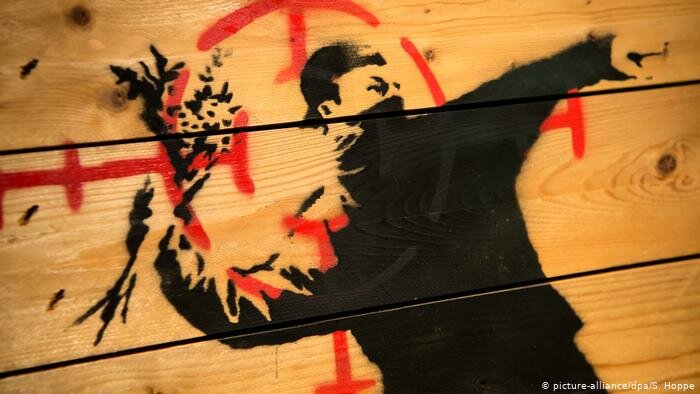With a decision rendered last July , the Supreme Court put an end to a dispute that took place in courts in 2011 and related to the use of the distinctive sign "Salini", which opposed two branches of the Salini family, both active in the construction sector, which for two generations shared the same entrepreneurial history.
The question brought to the attention of the Supreme Court concerned the legitimacy of the use by both parties of the common patronymic in the same economic activity (the construction of buildings), after the foundation by one of the two cousins of his own independent construction company, Salini Locatelli S.p.A., in direct competition with Salini Costruzioni S.p.A., until then the family company.
In its appeal to the Supreme Court, the appellant argued that the rule governing limitations on the use of trademarks (Article 21 of the Italian Intellectual Property Code) - which does not allow the proprietor of a trademark to prohibit third parties from using his name and address in their economic activity - should also apply to all distinctive signs, i.e. all those elements that identify a certain business activity to the public, including the company name.
The Supreme Court ruled that - although it is in principle admittable to include the founder's patronymic in the company name - it is in any event necessary to verify in concrete that the adoption of the patronymic is not likely to cause confusion.
Under Italian company law there is companies have to indicate the surname or the initials of the entrepreneur in the company name (Article 2563 of the Civil Code); in this regard the Court of Cassation pointed out that it is necessary to adopt a stricter judgement on the conformity of the use of the patronymic with the principles of professional correctness, taking into account both the likelihood of confusion between the two signs and the danger of association between them. A judgement of this kind cannot disregard a concrete verification of the competitive relationship between the two companies concerned.
In the present case, the two companies shared the same identifying "heart" of the sign, consisting of the word "Salini", and both were active in the same construction field; in this context, the inclusion of the element "Locatelli" was not sufficient to protect the company founded subsequently from a likelihood of confusion or association with the pre-existing company.
Referring to its well-established case law on this point (see, e.g., Italian Supreme Court, judgment no. 21403 of 14 August 2019), the Supreme Court stressed that, in the conflict between two companies using the same identifying sign, the one that is first enrolled in the register of companies with that sign must prevail. This point brought to the rejection of Salini Locatelli S.p.A.'s appeal, since the Court asceirtained the existence of a concrete likelihood of confusion and association between the two competing companies.
The judges of legitimacy emphasised the pro-competitive value of the rules limiting the exclusive right (potentially perpetual) of the owner on his distinctive signs (trademark and company name, respectively), reaffirming that the right to prohibit third parties from using a similar or confusable signs is severely limited in the event that the third party uses a similar or confusable sign in his economic activity, which, however, consists of his own name and surname.
The Italian law is clear in stating that this limitation must not result in undue exploitation of the reputation of another person's distinctive sign: only those uses of another person's sign which conform to the principles of professional fairness have to be tolerated by the trademark owner. The reference to a usage in conformity with these principles means that, if someone uses another person's distinctive sign - even if it is part of his own name and surname - in such a way as to unduly enhance his own product and in such a way that it constitutes an appropriation of the merits of others, such use must be considered unlawful as not in line with professional fairness.
Therefore, the competitor's personal name can lawfully appear on the goods and be used within the entrepreneur's distinctive signs, but on condition that any parasitic connections is excluded: the use of the patronymic reproducing an earlier distinctive sign is allowed only for the purpose of identifying the entrepreneur and therefore in a descriptive and informative way. Such descriptive use must, however, be excluded where there is a risk of confusion on the market, in light of the function concretely performed by the name in the commercial activity, aming to avoid the public being misled as to the identification of the producer and the origin of the goods.
Supreme Court, sec. I, decision of July 6, 2020, n. 13921


















